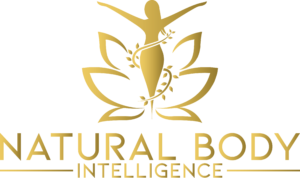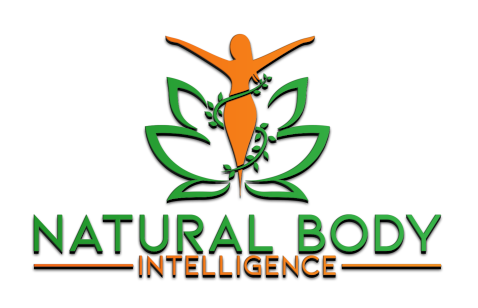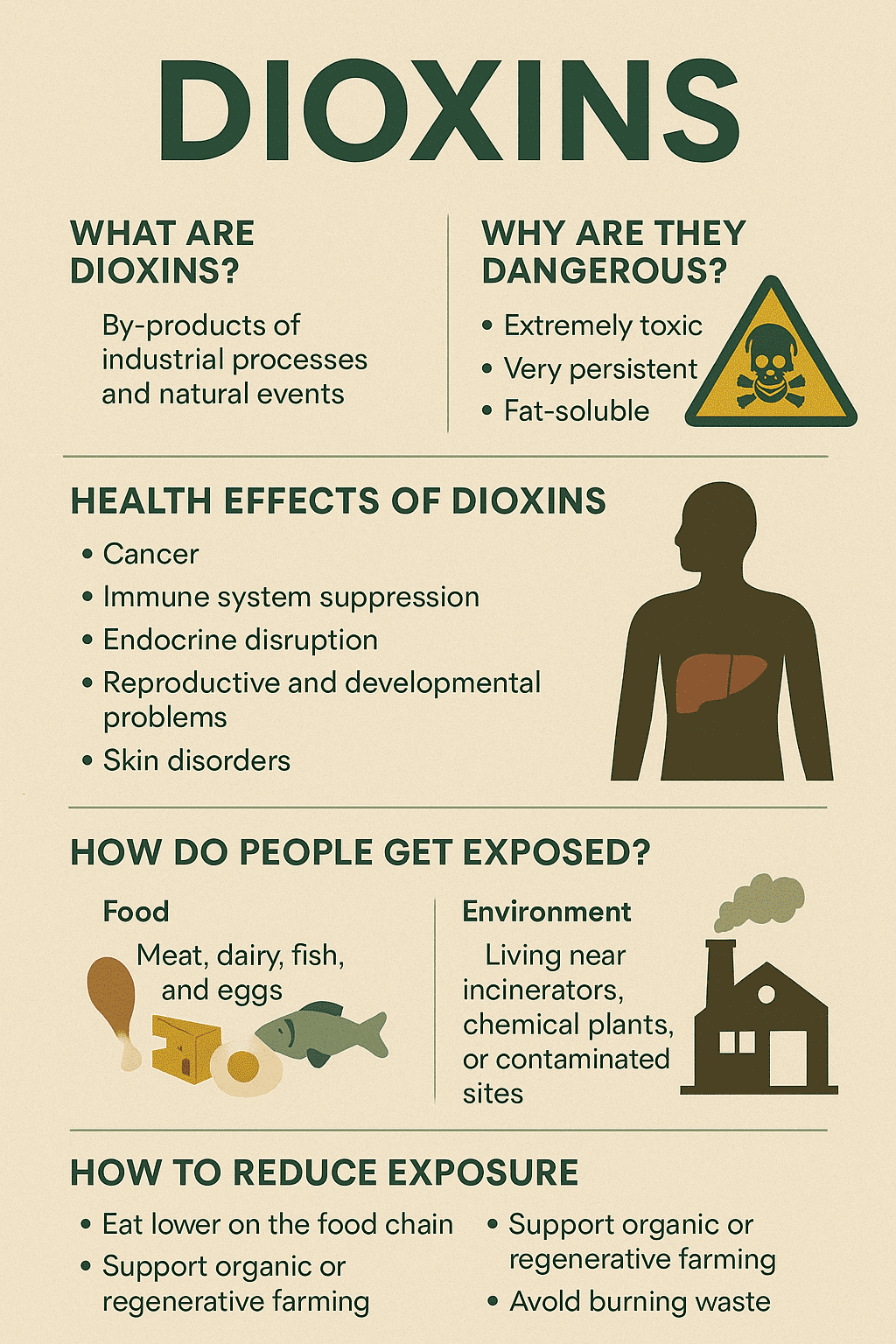Dioxins are a class of chemically related compounds—particularly polychlorinated dibenzo-p-dioxins (PCDDs) and polychlorinated dibenzofurans (PCDFs)—that rank among the most toxic environmental pollutants. The most infamous of these, TCDD (2,3,7,8‑tetrachlorodibenzo‑p‑dioxin), is recognized by the IARC as a Group 1 human carcinogen due to solid evidence in both animals and humans en.wikipedia.org+2en.wikipedia.org+2en.wikipedia.org+2.
What are dioxins?
Dioxins are by-products of various industrial activities and combustion processes—such as waste incineration, chlorine‑based paper bleaching, and pesticide manufacture—also emerging during forest fires or volcanic eruptions .
Why are they dangerous?
- High toxicity at ultra-low levels: Some types exert powerful effects at mere parts per trillion in body fat researchgate.net+1academic.oup.com+1.
- Long-lasting: Human half-lives for these compounds range from 7–13 years before they degrade en.wikipedia.org+2en.wikipedia.org+2theguardian.com+2.
- Bioaccumulative: They build up in animal fat and magnify through the food chain researchgate.net+2houstonhealth.org+2en.wikipedia.org+2.
Health impacts
According to the WHO and major human studies, dioxin exposure can cause:
- Dermal and liver damage, including chloracne and abnormal liver function ncbi.nlm.nih.gov+15who.int+15academic.oup.com+15
- Immune, developmental, and endocrine issues, notably in children and fetuses
- Cancer, as confirmed in occupational cohorts and population studies theguardian.com+5academic.oup.com+5en.wikipedia.org+5
- Reproductive dysfunction, such as infertility, premature ovarian failure, reduced sperm count, and early menopause ejnet.org+15who.int+15pmc.ncbi.nlm.nih.gov+15
Major contamination cases
Seveso, Italy Disaster (1976)
The worst known civilian exposure to TCDD occurred during a chemical reactor accident in Seveso. Longitudinal studies revealed chronic effects, including increased cancer incidence, altered thyroid function, lower sperm counts, and chloracne among residents en.wikipedia.org.
Food contamination scandals
In 1999 Belgium and in 2008 Ireland and Chile, dioxin-contaminated fats in animal feed led to policy crises and heightened regulation, though fortunately no major human poisonings en.wikipedia.org.
How people are exposed today
- Dietary intake: Over 90 % of human intake stems from animal fats—meat, dairy, fish, eggs, and shellfish (WHO, NTP, NIEHS) houstonhealth.org.
- Occupational or environmental exposure: Workers in chemical industries and those near incinerators or contaminated sites may experience higher exposure theguardian.com.
In the UK, a 2024 study found detectable dioxins in the breast milk of first-time mothers living near incinerators within a 12‑mile radius, although concentrations stayed within typical European levels theguardian.com.
Biomonitoring & regulatory action
- The WHO sets very low tolerable daily intake (TDI) levels—1–4 pg/kg per day—to protect public health en.wikipedia.org.
- Global treaties like the Stockholm Convention mandate the elimination and safe disposal of dioxins who.int+1en.wikipedia.org+1.
- The EPA’s Dioxin Exposure Initiative links emissions to human exposure and recommends strategies to reduce dioxin release niehs.nih.gov+15epa.gov+15epa.gov+15.
- The FDA continuously monitors and regulates food and animal feed dioxin levels theguardian.com+2fda.gov+2houstonhealth.org+2.
How to reduce exposure
- Choose lower-fat animal products: Remove skin, opt for lean cuts, and choose low-fat dairy houstonhealth.org.
- Eat more plant-based foods: Reduces intake of fat-soluble pollutants.
- Support clean production: Encourage industries to adopt cleaner combustion and waste disposal.
- Stay informed on advisories: Follow local fish or egg advisories if near contaminated environments.
- Advocate for regulation: Support stronger environmental controls to limit dioxin emissions.
Conclusion
Dioxins remain a serious and persistent environmental health challenge. With documented links to cancer, hormonal disruption, and developmental harm, especially in vulnerable populations, their contamination of our food chain demands vigilance. Fortunately, regulatory progress and dietary awareness are helping reduce exposure. Continued global monitoring and policy enforcement are essential to protect both current and future generations.
🔗 Further Reading & Resources
- WHO Fact-sheet on dioxins & health effects houstonhealth.orgpmc.ncbi.nlm.nih.gov+6niehs.nih.gov+6en.wikipedia.org+6
- EPA’s overview & exposure initiative who.int+15epa.gov+15epa.gov+15
- NCBI review on health impacts & policy
- Seveso disaster case summary en.wikipedia.org+1en.wikipedia.org+1


